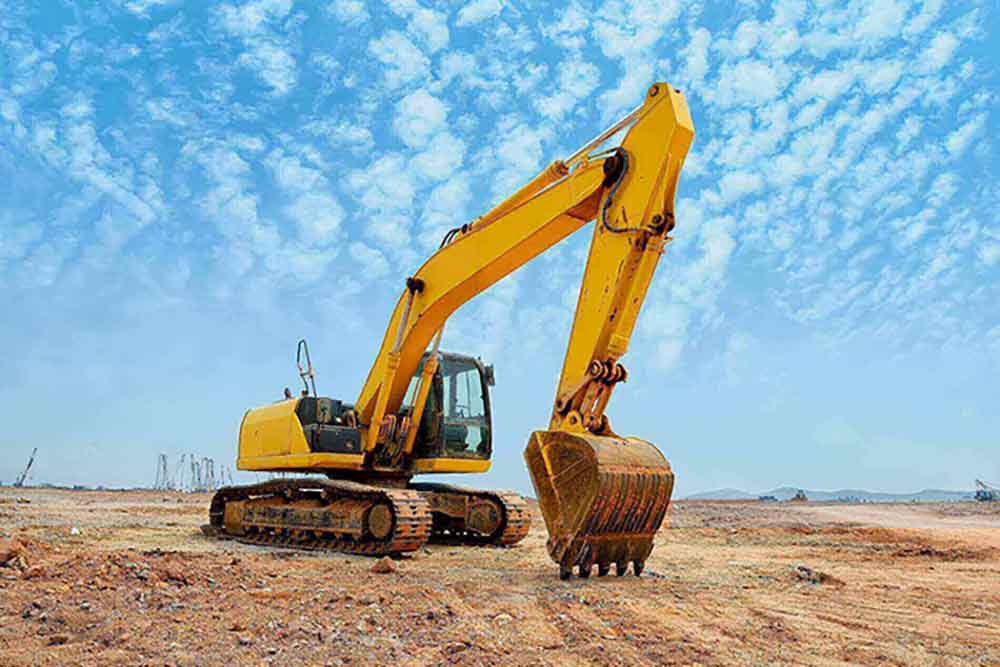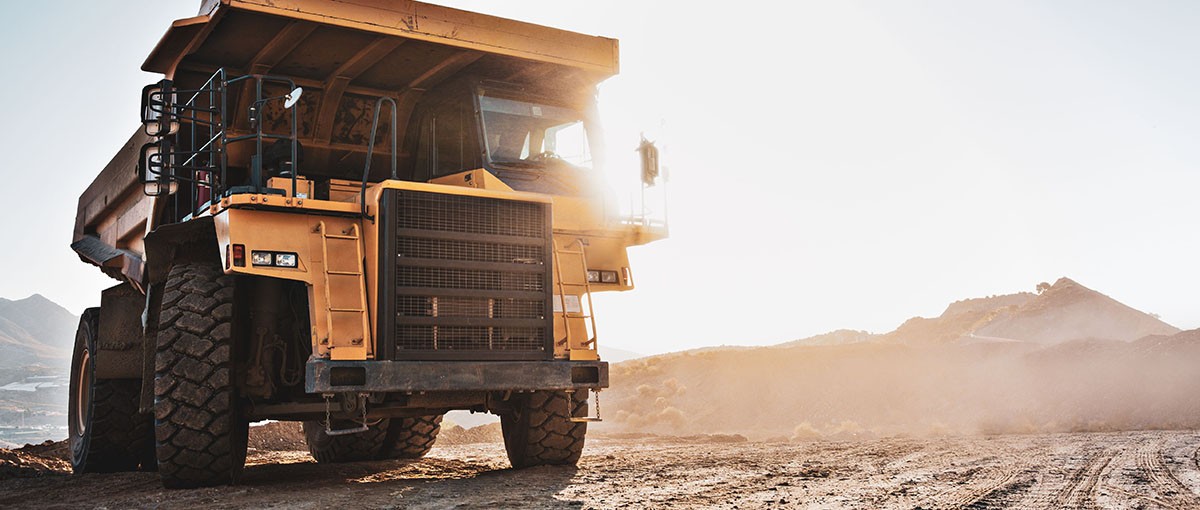Construction machinery is the backbone of modern infrastructure, a powerful fleet of specialized vehicles and equipment that makes building everything from skyscrapers and bridges to roads and residential homes possible. These machines are not just tools; they are complex engineering marvels designed to handle immense forces, move massive quantities of material, and perform tasks with a precision and efficiency that would be impossible with manual labor alone. From a small excavator on a suburban lot to a colossal crane on a city skyline, construction machinery is a testament to human ingenuity, driving progress and shaping the world around us.
This detailed guide will explore the diverse world of construction machinery, breaking down its primary categories, key functions, and the technological advancements that are revolutionizing the industry.
The Major Categories of Construction Machinery
Construction machinery can be broadly categorized by its function. While many machines are multi-purpose, they generally fall into one of the following groups:
1. Earthmoving Equipment
Earthmoving equipment forms the largest and most recognizable category. These machines are used to excavate, grade, and transport large amounts of soil, rock, and other materials.
Excavators: Perhaps the most versatile machine on a job site. With a cab that can rotate 360 degrees and a hydraulic arm, excavators are used for digging trenches, foundations, and holes. They can be fitted with various attachments like breakers, drills, and grapples for different tasks.
Loaders: These machines are designed to load materials onto trucks, move them around the site, and push material.
Wheel Loaders: Large, powerful, and highly mobile, ideal for moving materials over long distances.
Skid-Steer Loaders: Compact and maneuverable, perfect for tight spaces.
Dozers (Bulldozers): Characterized by a large metal blade at the front, dozers are used for pushing, excavating, and leveling large areas of soil and debris.
Graders: These machines have a long blade used for creating flat surfaces and fine-grading a job site. They are essential for preparing the subgrade for roads and foundations.
Scrapers: Large, heavy-duty machines used for both cutting and hauling material, often used for large-scale earthmoving on highways and dams.

2. Material Handling Equipment
This category focuses on lifting, moving, and placing heavy materials, crucial for the vertical and horizontal construction of buildings.
Cranes: The iconic giants of the construction site. Cranes use a series of pulleys and cables to lift and move heavy objects to great heights.
Tower Cranes: Stationary cranes used for high-rise buildings, known for their impressive height and lifting capacity.
Mobile Cranes: Mounted on trucks, these cranes can be driven to the job site, offering flexibility and mobility.
Forklifts: Essential for warehouses and job sites, forklifts are used to lift and transport palletized materials.
Telehandlers (Telescopic Handlers): A versatile machine that combines the functions of a forklift and a crane, with a telescopic boom that can extend forward and upward.
3. Paving and Compaction Equipment
These machines are vital for building roads, runways, and foundations, ensuring durability and a smooth finish.
Rollers (Compactors): Used to flatten and compact soil, gravel, asphalt, or concrete, creating a dense and stable surface.
Pavers (Asphalt Finishers): Machines used to lay asphalt, spreading and smoothing the material to create a consistent road surface.
Milling Machines: Used to grind and remove the top layer of old asphalt before new material is laid.
4. Drilling and Boring Equipment
These are specialized machines used for creating holes in the ground for various purposes, from foundation pillars to utility lines.
Drilling Rigs: Large machines that use powerful drills to bore deep holes into the earth for geological exploration, water wells, or deep foundations.
Trenchers: Machines with a digging chain or wheel that are used to dig narrow trenches for laying pipes, cables, or drainage.
5. Concrete and Pumping Equipment
This category includes the machines that mix, transport, and pour concrete, a fundamental material in all construction.
Concrete Mixers: Machines that mix cement, aggregates, and water to produce fresh concrete. These can be stationary on-site or mounted on trucks (ready-mix trucks).
Concrete Pumps: Used to pump liquid concrete to the desired location on a construction site, especially for high-rise buildings or hard-to-reach areas.
The Role of Technology in Modern Construction Machinery
The construction industry is undergoing a technological revolution, and machinery is at the forefront. Modern machines are safer, more efficient, and more intelligent than ever before.
Telematics: GPS and telematics systems are now standard, allowing managers to track machine location, monitor fuel consumption, schedule maintenance, and analyze performance data in real-time.
Automation and Robotics: From automated bulldozing with GPS-guided blades to robotic arms for repetitive tasks, automation is increasing safety and precision while reducing labor costs.
Augmented Reality (AR) and Drones: Drones equipped with sensors can survey a site and create 3D models, while AR can overlay blueprints onto the real world, helping operators and project managers visualize the final product.
Electrification: The push for sustainability has led to the development of electric and hybrid construction machines. These machines are quieter, produce zero emissions, and require less maintenance than their diesel counterparts.
Safety Features: Advanced sensors, cameras, and collision avoidance systems are being integrated into new machinery, significantly reducing the risk of accidents on the job site.
The Economic and Social Impact
The global construction machinery market is a multi-billion-dollar industry, but its impact extends far beyond economics. These machines are essential for:
Infrastructure Development: Building and maintaining the roads, bridges, and public transit systems that connect our communities.
Urbanization: Enabling the construction of the residential and commercial buildings that define our cities.
Job Creation: The industry provides millions of jobs, from skilled machine operators and mechanics to engineers and project managers.
Disaster Recovery: Construction machinery is critical for clearing debris, rebuilding infrastructure, and restoring normalcy after natural disasters.

Conclusion
Construction machinery represents a fascinating intersection of power, precision, and technology. The evolution of these machines has not only transformed how we build but has also made the process safer, more efficient, and more sustainable. As the industry continues to innovate, fueled by advancements in automation, electrification, and data analytics, the machinery that powers our progress will become even more intelligent and capable. From the rumble of a dozer to the silent ascent of a modern electric crane, construction machinery will continue to be a powerful force in shaping the future of our built world.